-
 Bitcoin
Bitcoin $115100
1.27% -
 Ethereum
Ethereum $3675
2.71% -
 XRP
XRP $2.995
1.45% -
 Tether USDt
Tether USDt $1.000
0.02% -
 BNB
BNB $769.8
2.64% -
 Solana
Solana $168.0
3.25% -
 USDC
USDC $0.9999
-0.01% -
 TRON
TRON $0.3371
1.48% -
 Dogecoin
Dogecoin $0.2051
3.36% -
 Cardano
Cardano $0.7394
2.30% -
 Hyperliquid
Hyperliquid $38.15
0.42% -
 Stellar
Stellar $0.3966
-0.36% -
 Sui
Sui $3.486
2.93% -
 Chainlink
Chainlink $16.72
2.52% -
 Bitcoin Cash
Bitcoin Cash $568.0
4.36% -
 Hedera
Hedera $0.2440
2.59% -
 Ethena USDe
Ethena USDe $1.001
0.04% -
 Avalanche
Avalanche $22.16
2.06% -
 Litecoin
Litecoin $119.1
-0.73% -
 UNUS SED LEO
UNUS SED LEO $8.991
0.04% -
 Toncoin
Toncoin $3.232
-0.39% -
 Shiba Inu
Shiba Inu $0.00001233
2.82% -
 Uniswap
Uniswap $9.717
2.53% -
 Polkadot
Polkadot $3.664
1.85% -
 Dai
Dai $1.000
0.01% -
 Monero
Monero $281.2
-3.89% -
 Bitget Token
Bitget Token $4.350
1.55% -
 Cronos
Cronos $0.1428
5.07% -
 Pepe
Pepe $0.00001050
3.68% -
 Aave
Aave $262.3
3.54%
How to connect Exodus to a hardware wallet? Does it support Ledger?
Enhance your crypto security by connecting your Exodus wallet to a Ledger hardware wallet, enjoying user-friendly management with robust offline protection.
May 05, 2025 at 04:28 pm
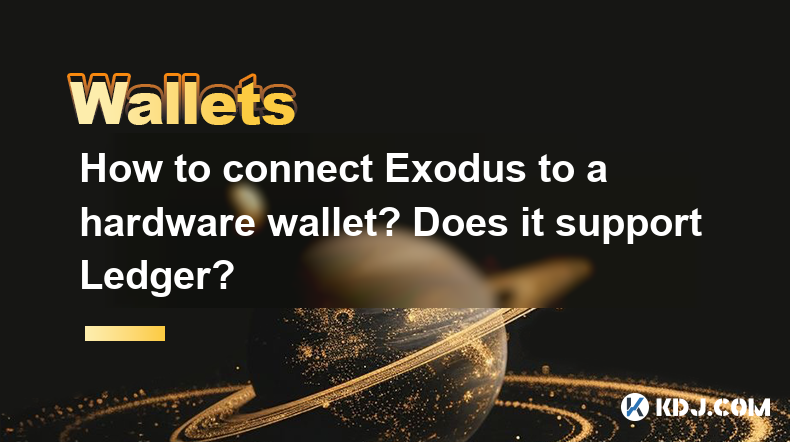
Connecting your Exodus wallet to a hardware wallet is a great way to enhance the security of your cryptocurrency holdings. Exodus supports integration with several hardware wallets, including the popular Ledger devices. In this guide, we will walk you through the process of connecting your Exodus wallet to a Ledger hardware wallet, ensuring that you can manage your digital assets securely.
Understanding the Benefits of Hardware Wallets
Hardware wallets offer an additional layer of security for your cryptocurrencies. Unlike software wallets, which are connected to the internet and potentially vulnerable to hacks, hardware wallets store your private keys offline. This offline storage significantly reduces the risk of unauthorized access to your funds. By connecting your Exodus wallet to a hardware wallet like Ledger, you can enjoy the user-friendly interface of Exodus while benefiting from the robust security of a hardware device.
Preparing Your Ledger Device
Before you can connect your Exodus wallet to your Ledger device, you need to ensure that your hardware wallet is properly set up and ready for use. Here's what you need to do:
- Initialize Your Ledger Device: If your Ledger is new, you'll need to initialize it. This involves setting up a PIN and generating your recovery phrase. Follow the instructions on the Ledger Live app to complete this process.
- Install the Bitcoin App: Since Exodus uses the Bitcoin app to manage Bitcoin and other cryptocurrencies, you need to install it on your Ledger device. Open the Ledger Live app, navigate to the "Manager" tab, search for the Bitcoin app, and install it.
- Update Firmware and Apps: Make sure your Ledger device and all installed apps are up to date. This ensures compatibility and security.
Connecting Exodus to Your Ledger Wallet
Once your Ledger device is set up, you can proceed to connect it to your Exodus wallet. Follow these steps:
- Open Exodus: Launch the Exodus wallet on your computer.
- Navigate to Settings: Click on the settings icon (gear icon) in the bottom left corner of the Exodus interface.
- Select Hardware Wallet: In the settings menu, click on "Hardware Wallet."
- Connect Your Ledger: Connect your Ledger device to your computer using the provided USB cable. Make sure the Bitcoin app is open on your Ledger device.
- Choose Ledger: In the Exodus interface, select "Ledger" as your hardware wallet.
- Authorize Connection: On your Ledger device, you will be prompted to authorize the connection. Press both buttons to confirm.
- Select Accounts: Exodus will now scan your Ledger device for available accounts. Select the accounts you want to connect to Exodus.
Managing Your Cryptocurrencies
After successfully connecting your Exodus wallet to your Ledger device, you can manage your cryptocurrencies through the Exodus interface. Here's how:
- View Balances: Your connected accounts will appear in the Exodus wallet, and you can view your balances for each cryptocurrency.
- Send and Receive: You can send and receive cryptocurrencies using the Exodus interface. When sending, you will need to confirm the transaction on your Ledger device.
- Transaction History: Exodus will display the transaction history for your connected accounts, allowing you to keep track of your activities.
Security Considerations
While connecting your Exodus wallet to a Ledger device enhances security, it's important to follow best practices to protect your assets:
- Keep Your Recovery Phrase Secure: Never share your recovery phrase with anyone. Store it in a safe place, preferably offline.
- Regularly Update Software: Keep your Ledger device, Ledger Live app, and Exodus wallet up to date to ensure you have the latest security features.
- Use Strong Passwords: Protect your Exodus wallet with a strong password and enable two-factor authentication if available.
Troubleshooting Common Issues
Sometimes, you may encounter issues when connecting your Exodus wallet to your Ledger device. Here are some common problems and their solutions:
- Ledger Not Detected: Ensure that your Ledger device is properly connected and the Bitcoin app is open. Try restarting both your computer and the Ledger device.
- Transaction Confirmation Issues: If you're having trouble confirming transactions on your Ledger device, make sure the device is not locked and the correct app is open.
- Software Compatibility: Ensure that your versions of Exodus, Ledger Live, and the firmware on your Ledger device are compatible with each other.
Frequently Asked Questions
Q: Can I connect multiple hardware wallets to my Exodus wallet?
A: Yes, Exodus supports connecting multiple hardware wallets. You can add different devices or even multiple accounts from the same device to manage your cryptocurrencies more effectively.
Q: Is it possible to use a hardware wallet with Exodus on a mobile device?
A: Currently, Exodus does not support connecting hardware wallets to its mobile app. You can only use this feature with the desktop version of Exodus.
Q: What happens if I disconnect my Ledger device from Exodus?
A: If you disconnect your Ledger device from Exodus, you will no longer be able to manage the connected accounts through the Exodus interface until you reconnect the device. Your funds remain safe on the Ledger device, and you can still access them using the Ledger Live app.
Q: Can I use a Trezor hardware wallet with Exodus?
A: Yes, Exodus also supports integration with Trezor hardware wallets. The process of connecting a Trezor to Exodus is similar to connecting a Ledger device, with slight variations in the setup and app installation steps.
Disclaimer:info@kdj.com
The information provided is not trading advice. kdj.com does not assume any responsibility for any investments made based on the information provided in this article. Cryptocurrencies are highly volatile and it is highly recommended that you invest with caution after thorough research!
If you believe that the content used on this website infringes your copyright, please contact us immediately (info@kdj.com) and we will delete it promptly.
- BlockDAG, Litecoin, and Cardano: Charting the Course in Crypto's Dynamic Waters
- 2025-08-07 09:09:06
- Fireverse Token: Igniting a Musical Revolution in Web3
- 2025-08-07 08:27:45
- Ethereum, L2 Withdrawals, and Decentralization: A New Yorker's Take
- 2025-08-07 08:32:33
- Avalanche vs. Ruvi AI: Daily Sales Tell a Story of Crypto Disruption
- 2025-08-07 06:29:35
- DeSoc: The Crypto to Buy Now for a Decentralized Future (and Maybe 43x Gains!)
- 2025-08-07 06:50:16
- Arctic Pablo Coin: Riding the Meme Coin Wave with a Deflationary Twist
- 2025-08-07 07:18:13
Related knowledge
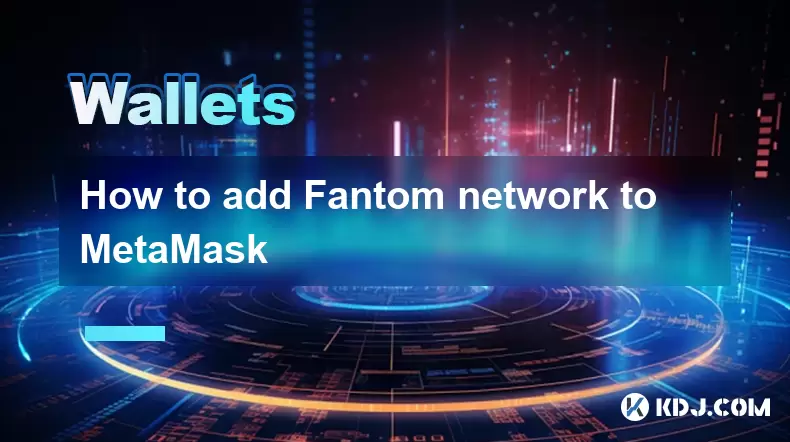
How to add Fantom network to MetaMask
Aug 07,2025 at 08:21am
Understanding the Fantom Network and MetaMask IntegrationThe Fantom network is a high-performance, scalable, and secure blockchain platform designed f...
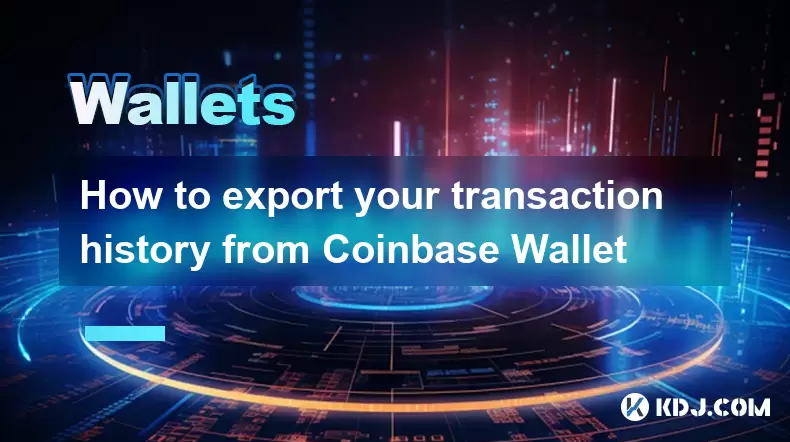
How to export your transaction history from Coinbase Wallet
Aug 07,2025 at 06:50am
Understanding Coinbase Wallet and Transaction HistoryCoinbase Wallet is a self-custodial cryptocurrency wallet that allows users to store, manage, and...
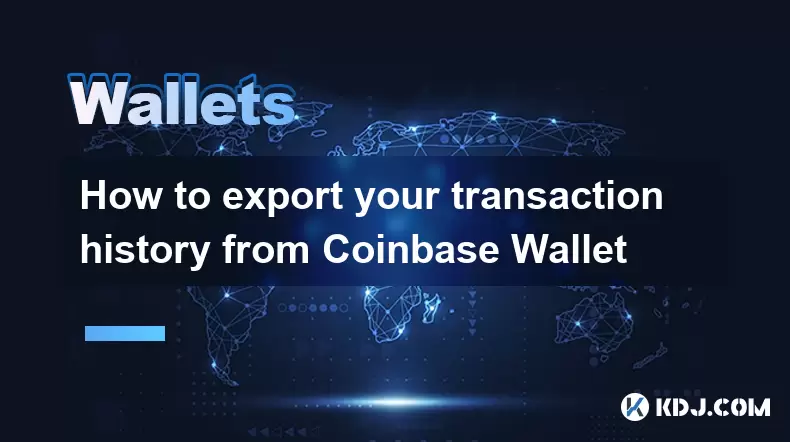
How to export your transaction history from Coinbase Wallet
Aug 07,2025 at 08:49am
Understanding Coinbase Wallet and Transaction HistoryCoinbase Wallet is a self-custodial cryptocurrency wallet that allows users to store, manage, and...

How to set up a new Ledger Nano S Plus
Aug 07,2025 at 06:01am
Unboxing and Initial InspectionWhen you receive your Ledger Nano S Plus, begin by carefully unboxing the package. Inside, you should find the Ledger N...
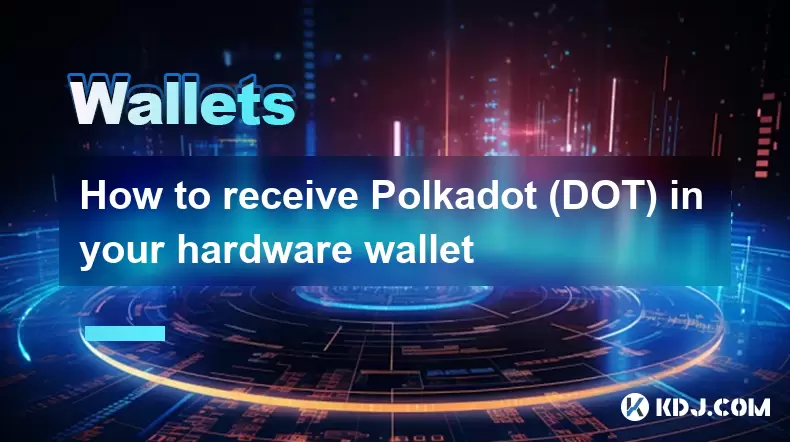
How to receive Polkadot (DOT) in your hardware wallet
Aug 07,2025 at 07:03am
Understanding Polkadot (DOT) and Hardware Wallet CompatibilityReceiving Polkadot (DOT) into a hardware wallet begins with understanding the ecosystem ...

How to receive NFTs in your Ledger Nano X
Aug 07,2025 at 02:45am
Understanding NFTs and Ledger Nano X CompatibilityNFTs (Non-Fungible Tokens) are unique digital assets stored on a blockchain, typically on networks l...

How to add Fantom network to MetaMask
Aug 07,2025 at 08:21am
Understanding the Fantom Network and MetaMask IntegrationThe Fantom network is a high-performance, scalable, and secure blockchain platform designed f...

How to export your transaction history from Coinbase Wallet
Aug 07,2025 at 06:50am
Understanding Coinbase Wallet and Transaction HistoryCoinbase Wallet is a self-custodial cryptocurrency wallet that allows users to store, manage, and...

How to export your transaction history from Coinbase Wallet
Aug 07,2025 at 08:49am
Understanding Coinbase Wallet and Transaction HistoryCoinbase Wallet is a self-custodial cryptocurrency wallet that allows users to store, manage, and...

How to set up a new Ledger Nano S Plus
Aug 07,2025 at 06:01am
Unboxing and Initial InspectionWhen you receive your Ledger Nano S Plus, begin by carefully unboxing the package. Inside, you should find the Ledger N...

How to receive Polkadot (DOT) in your hardware wallet
Aug 07,2025 at 07:03am
Understanding Polkadot (DOT) and Hardware Wallet CompatibilityReceiving Polkadot (DOT) into a hardware wallet begins with understanding the ecosystem ...

How to receive NFTs in your Ledger Nano X
Aug 07,2025 at 02:45am
Understanding NFTs and Ledger Nano X CompatibilityNFTs (Non-Fungible Tokens) are unique digital assets stored on a blockchain, typically on networks l...
See all articles

























































































